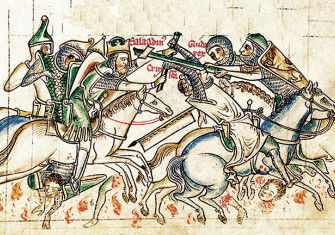Richard the Lionheart and the Art of Kingship
What made for a good medieval king? Understanding Richard I – better known as Richard the Lionheart – is a good place to start.

For anyone who wishes to understand the art of kingship the reign of Richard I (1189-99) makes an ideal starting point. For one thing, it is conveniently short and for another there can have been few kings who have been so lavishly praised by contemporary historians and so fiercely criticised by modern ones. English writers of the 13th and 14th centuries were unanimous in looking upon him as a model king. They reported visions in which Richard was seen ascending into heaven - one of them a vision granted to St Edmund Rich, Archbishop of Canterbury (1233-40), while he was in a state of levitation. The St Albans chronicler Roger of Wendover described Richard not merely as 'the most victorious' - that a modern reader might expel – but also as 'pious, most merciful and most wise'. Even writers from a very different cultural background were equally convinced of Richard's outstanding qualities. In the view of Ibn-al-Athir, the most influential Muslim historian of the 13th century, Richard's courage, shrewdness, energy and patience made him the most remarkable ruler of his times’ – times, be it noted which included such rulers as Saladin and Philip Augustus.







